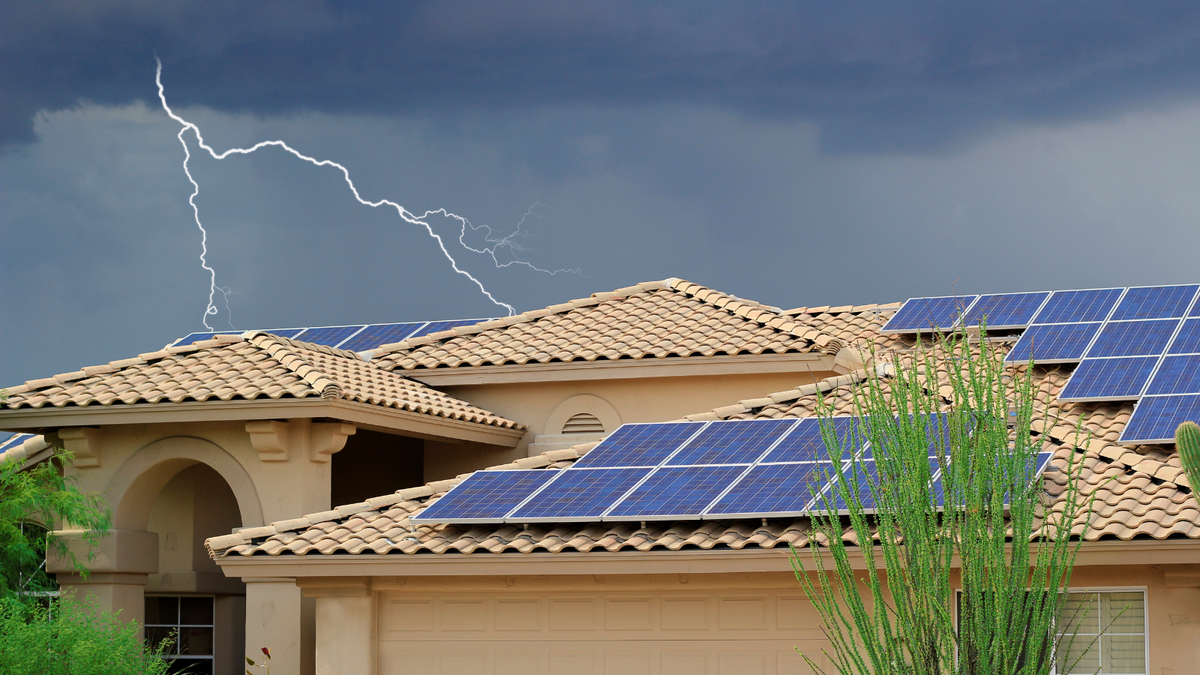The monsoon season brings relief from the scorching summer heat but also brings with it challenges and risks for our homes. Heavy rainfall, increased humidity, and dampness can lead to various issues such as leaks, water damage, mould growth, and electrical problems. To ensure that your home stays safe and well-maintained during the monsoon, it is essential to take proper care and preventive measures. Below is a comprehensive guide consisting of valuable monsoon care tips for your home.
1. Pre-monsoon preparations
- Check for leaks: Inspect your home thoroughly for any existing leaks in the roof, walls, or windows. Fix them promptly to prevent water seepage during heavy rains.
- Clean gutters and downspouts: Clear out any debris from gutters and downspouts to ensure the smooth flow of rainwater and prevent waterlogging.
- Waterproof exterior walls: Apply a waterproof coating or paint to the exterior walls to protect them from moisture damage.
- Trim overhanging branches: Trim trees near your home to prevent branches from falling on the roof during strong winds and causing damage.
2. Protecting the interior
- Ensure proper ventilation: Maintain good ventilation in your home to prevent the accumulation of excess moisture and reduce the chances of mould growth. Use exhaust fans in kitchens and bathrooms to remove steam and humidity.
- Fix plumbing issues: Check for any plumbing leaks, dripping faucets, or clogged drains. Repair them promptly to avoid water damage and mould growth.
- Install dehumidifiers: Consider installing dehumidifiers in areas prone to high humidity, such as basements, to control moisture levels and prevent mould and mildew growth.
- Protect electrical systems: Inspect electrical wiring and connections for any signs of damage or wear. Repair or replace faulty wires, switches, or outlets to prevent electrical hazards during the monsoon.
- Elevate electrical appliances: Raise electrical appliances such as washing machines, refrigerators, and water heaters off the floor to minimise the risk of water damage in case of flooding.
- Keep important documents safe: Store important documents, such as passports, insurance papers, and property documents, in waterproof containers to protect them from water damage.
3. Exterior maintenance
- Maintain proper drainage: Ensure that rainwater flows away from your home by maintaining proper grading and slope around the foundation. Install French drains if needed.
- Waterproof windows and doors: Apply weatherstripping to windows and doors to prevent water seepage during heavy rainfall. Repair any cracks or gaps.
- Seal cracks and gaps: Inspect the exterior walls, roof, and foundation for any cracks or gaps. Seal them with appropriate sealants to prevent water leakage.
- Check roof condition: Inspect the roof for any loose or damaged tiles, shingles, or flashing. Repair or replace them to prevent leaks during heavy rains.
4. Preventing mould and dampness
- Use mould-resistant paint: Consider using mould-resistant paint on walls and ceilings, especially in areas prone to moisture, such as bathrooms and kitchens.
- Clean and dry wet areas: Wipe off any moisture or water spills immediately. Dry wet areas such as bathrooms and kitchens thoroughly after use to prevent mould growth.
- Use natural moisture absorbers: Place moisture-absorbing materials like silica gel packs or activated charcoal in wardrobes, cabinets, and other areas prone to dampness.
- Allow sufficient sunlight: Open curtains and blinds during the day to let in natural light. Sunlight helps in drying out damp areas and preventing mould growth.
5. Indoor maintenance
- Clean and inspect air conditioners: Clean and service your air conditioning units before the monsoon season. Check the filters, vents, and coils for any dirt or debris that may hinder their efficiency.
- Check for water seepage: Inspect walls, ceilings, and floors for any signs of water seepage or dampness. Address the issue promptly to prevent further damage.
- Maintain humidity levels: Use a hygrometer to monitor indoor humidity levels. Keep them between 30-50% to discourage mould growth. Consider using a humidifier or dehumidifier, if necessary.
- Clean and maintain furniture: Keep furniture away from windows to avoid direct exposure to rainwater. Clean and polish wooden furniture regularly to protect them from moisture damage.
- Use waterproof covers: Protect upholstery and mattresses with waterproof covers to prevent water absorption and damage.
- Store seasonal items properly: If you have seasonal items such as winter clothing or holiday decorations, store them in waterproof containers to prevent damage during the monsoon.
6. Post-monsoon cleanup
- Clean and inspect gutters: Once the monsoon season is over, clean the gutters and downspouts again to remove any accumulated debris.
- Dry out moisture-affected areas: Inspect and dry out any areas that may have been affected by moisture or water during the monsoon.
- Conduct pest control: Check for signs of pests attracted to moisture, such as termites and mosquitoes. Take appropriate measures to control and eliminate them.
- Clean and disinfect: Clean and disinfect your home thoroughly, paying special attention to areas prone to moisture or mould growth.
- Repair and restore: Address any damages or repairs needed due to the monsoon season. This may include fixing leaks, repainting walls, or replacing damaged furniture.




